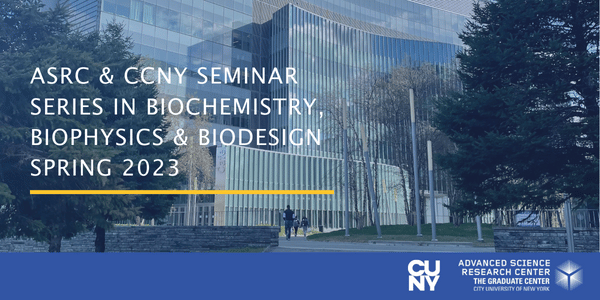
In this weekly seminar series, Anna-Lena Steckelberg, Assistant Professor, Department of Biochemistry & Molecular Biophysics at
Columbia University, Irving Medical Center, New York, will present a one-hour talk titled:
Viral RNA structures as master manipulators of the cellular RNA decay machinery
ABSTRACT RNA viruses typically contain very small genomes and encode only a few proteins. As obligate intracellular parasites, many viruses have therefore evolved elegant RNA-based strategies to manipulate cellular machinery in order to enhance virus propagation and pathogenicity. Studying these RNA-centric viral mechanisms teaches us about important human pathogens, but also expands our understanding of the cellular machinery they employ.
A particularly intriguing, yet poorly understood, example is the use of highly structured RNA elements to halt the degradation of viral RNAs by cellular 5′-3′ exoribonuclease, such as the highly processive Xrn1. This mechanism was first discovered over a decade ago in flaviviruses, where the stalling of Xrn1 on viral genomes leads to the production of biologically active viral RNA degradation products with important functions in immune modulation and viral pathogenicity. More recently, we discovered that exoribonuclease-resistant RNA structures (called xrRNAs) are also found in many unrelated RNA viruses, including those of the plant-infecting Luteoviridae and Tombusviridae families. This finding established xrRNAs as an authentic functional class of structured RNAs and identified programmed exoribonuclease resistance as an important RNA maturation pathway in the viral world. Despite their widespread presence and continued discoveries of diverse roles, the structural basis of xrRNA function remains only partially understood. All xrRNAs discovered to date rely on the formation of a protective ring-like fold around the RNA, yet the sequences and three-dimensional folds that form these protective rings are highly diverse, thwarting any attempt to predict new xrRNAs from sequence data alone. We have solved the three-dimensional structure of several plant-virus xrRNAs by x-ray crystallography, and discovered a dynamic folding pathway that exploits Xrn1’s helicase activity for co-degradational structure remodeling. Combining biochemical in vitro assays, viral infection studies, structural biology and single-molecule measurements of RNA dynamics to characterize diverse xrRNAs, we work towards predictive sequence-structure-function models of this new class of functional viral RNA.
This seminar will be presented in the ASRC Auditorium and broadcast via Zoom, with snacks and refreshments to start at 11:30am in the cafe.
To join these ongoing events via Zoom, please use the link below:
Meeting ID: 968 3104 2138
Passcode: ASRC-CDI
For more information about this hybrid event please contact:
Hyacinth Camillieri

